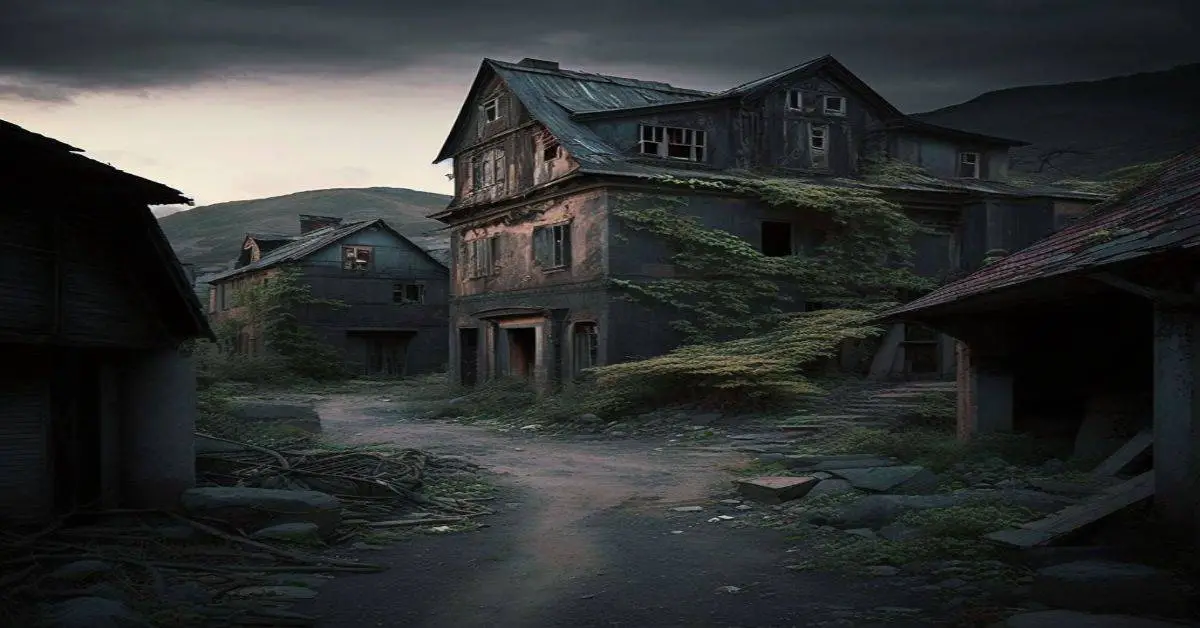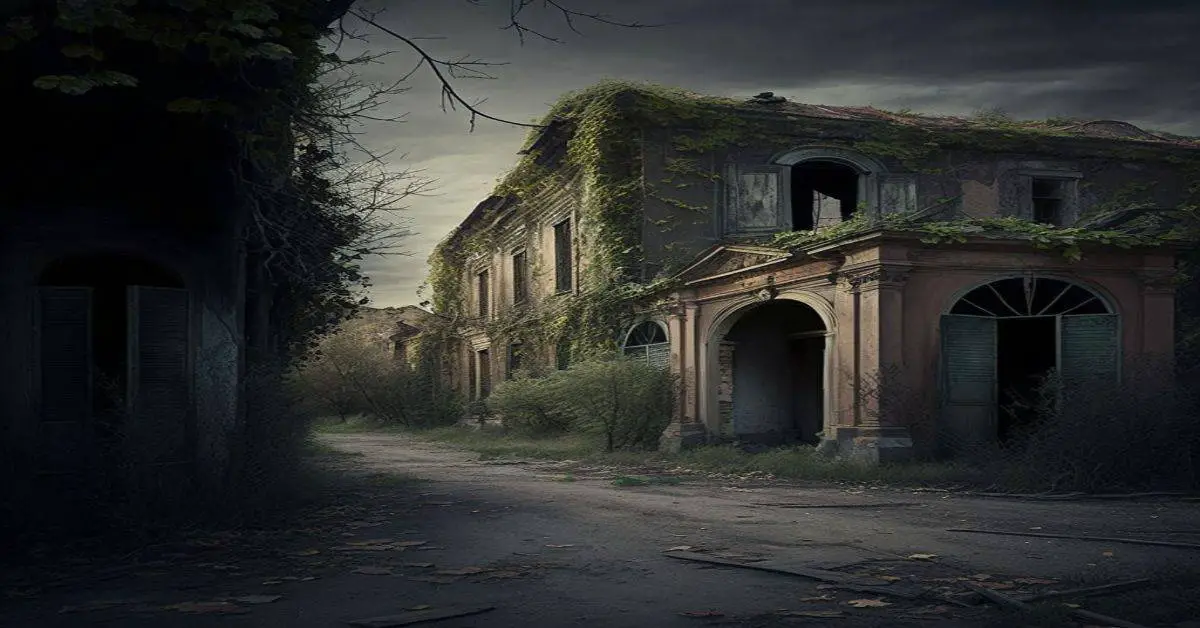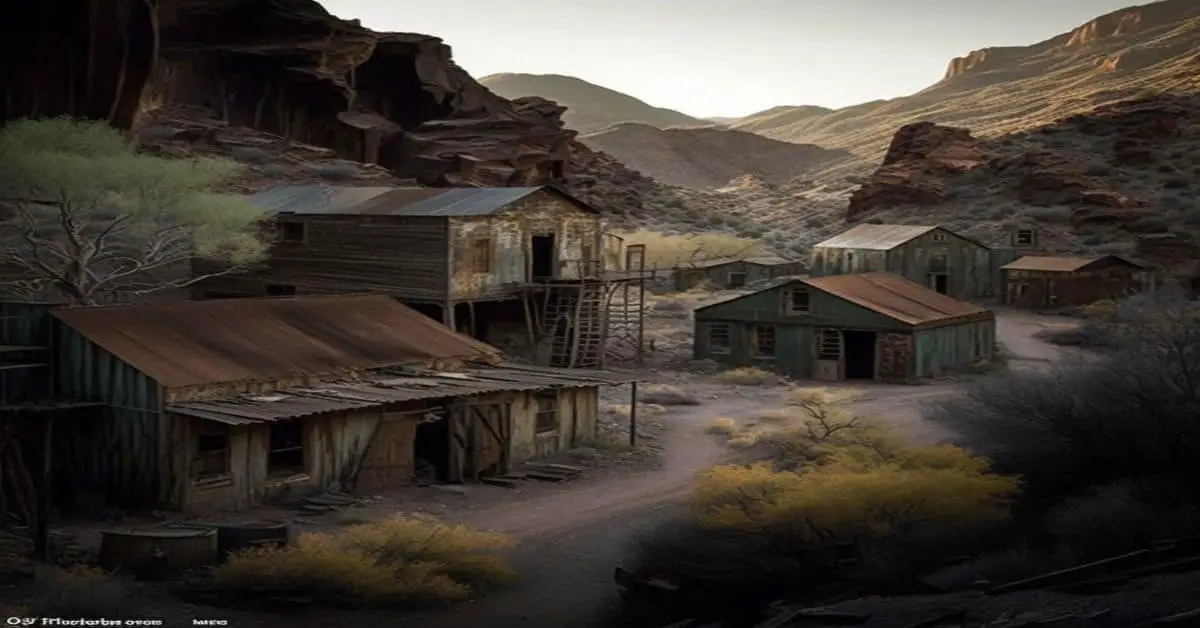In a world where modern development and progress are the norm, it is rare to find a place untouched by time. Cora, a small village located in Sublette County, Wyoming, is one such place. Once a thriving community that served as a popular stop for trappers, loggers, and homesteaders, Cora now stands as a forgotten ghost town with scattered homes and many old buildings still standing, including the Cora House and the Cora post office.
Despite its early success, the population dwindled after World War II as people turned towards farming and ranching. Today, Cora is a testament to the past, a place frozen in time, where visitors can experience the history and charm of a forgotten era.
This article will explore the location and population of Cora, delve into its rich history and landmarks, and examine the reasons behind its decline and legacy. Join us to discover Cora, Wyoming’s forgotten ghost town.
Key Takeaways
- Cora is a small village located in Sublette County, Wyoming, known for its diverse geographic features and situated at an elevation of 7,200 feet providing a clear view of the surrounding mountains and valleys.
- Cora was once a thriving community that served as a popular stop for trappers, loggers, and homesteaders, with a peak population of 400-500 people, but now stands as a forgotten ghost town with scattered homes and many old buildings still standing.
- Preservation efforts spearheaded by the local community and the Cora Historical Society have helped to keep the spirit of Cora alive, with many of the old buildings restored and repurposed for modern use while still retaining their historical significance.
- Cora is a testament to the past and a unique destination for anyone interested in the history and culture of Wyoming, offering a glimpse into a forgotten era and showcasing the resilience of the human spirit.
Location and Population
Located in Sublette County, Cora is a small Wyoming ghost town that previously had a population of less than 300 people, with its peak population reaching 400-500 people. The town is located 10 miles northwest of Pinedale and is accessible by 2WD roads. Cora is situated in a region with a diverse range of geographic features such as the Wind River Range to the east and the Wyoming Range to the west. The town sits at an elevation of 7,200 feet, providing a clear view of the surrounding mountains and valleys.
Cora is known for its numerous local attractions such as the Cora House and the Cora post office, which is the first building erected in the village and made of hand-hewn logs. Many old buildings remain scattered around the area, testaments to the town’s rich history. The town was once a popular road stop for trappers, loggers, and homesteaders. Cora boasted a successful saloon, blacksmith shop, dance hall, and town newspaper.
Despite its decline in population after World War II, many families remained loyal to Cora, creating a unique community that still has a lot to offer to visitors. The best time to visit is in early summer when the weather is warm and the town’s natural beauty is at its peak.
History and Landmarks
Many of the old buildings in the area still stand today, demonstrating Cora’s historical significance.
One such building is the Cora House, which was built in the early 1900s and now serves as a museum showcasing the town’s history. The museum contains artifacts and exhibits that depict the life of the early settlers and their struggles in the harsh Wyoming environment.
Another landmark is the Cora post office, the first building erected in the village and made of hand-hewn logs. The post office is an important part of the town’s history, serving as a communication hub for the early settlers and their families.
Despite the town’s decline in population, efforts have been made to preserve the remaining buildings and landmarks. Preservation efforts have been spearheaded by the local community, who recognize the importance of preserving Cora’s history and legacy.
The Cora Historical Society, in particular, has played a key role in preserving the town’s history and landmarks. Through their efforts, many of the old buildings have been restored and repurposed for modern use, while still retaining their historical significance.
As a result, visitors to Cora can experience a glimpse of the town’s past and appreciate the efforts made to preserve its heritage.
Decline and Legacy
Despite the decline in population after World War II, the legacy of Cora lives on through the efforts of the Cora Historical Society. The village’s rise and fall is a testament to the boom and bust cycles that shaped the American West.
After the railway bypassed Cora, the town’s fortunes declined as people started farming and ranching. Despite this, many families remained loyal to the village, and the Cora Historical Society is dedicated to preserving the town’s heritage and legacy.
One of the ways the society has contributed to the revitalization of Cora is through the restoration and repurposing of the old buildings. The Cora House, the first building erected in the village, is now a museum. The society also converted the former dance hall into a community center that hosts cultural events and educational programs.
These preservation efforts have helped to keep the spirit of Cora alive, and visitors can still experience the town’s history and landmarks for themselves.
Frequently Asked Questions
What was the primary industry in Cora before it became a ghost town?
The primary industries in Cora, Wyoming before it became a ghost town were ranching and agriculture. While there were also successful mining ventures in the area, the town’s decline after World War II was largely due to a shift towards farming and ranching.
Are there any famous figures or events associated with Cora’s history?
Cora’s history is devoid of any notable events or famous figures. Despite being a popular road stop for trappers, loggers, and homesteaders, it never gained enough prominence to attract any significant personalities or events.
What is the current state of preservation for the old buildings in Cora?
The state of preservation for the old buildings in Cora is unclear. However, exploring ruins in the area reveals the historical significance of the village as a popular road stop for trappers, loggers, and homesteaders.
Are there any local legends or ghost stories associated with Cora?
Local legends abound in Cora, with haunted tales and supernatural sightings being reported by some. While there is no concrete evidence to support these claims, they add to the mystique of this once-thriving ghost town.
Is there any ongoing effort to revitalize or restore Cora as a tourist destination?
There is limited community involvement in revitalizing or restoring Cora as a tourist destination. Economic feasibility may be a challenge considering its remote location and small population.


